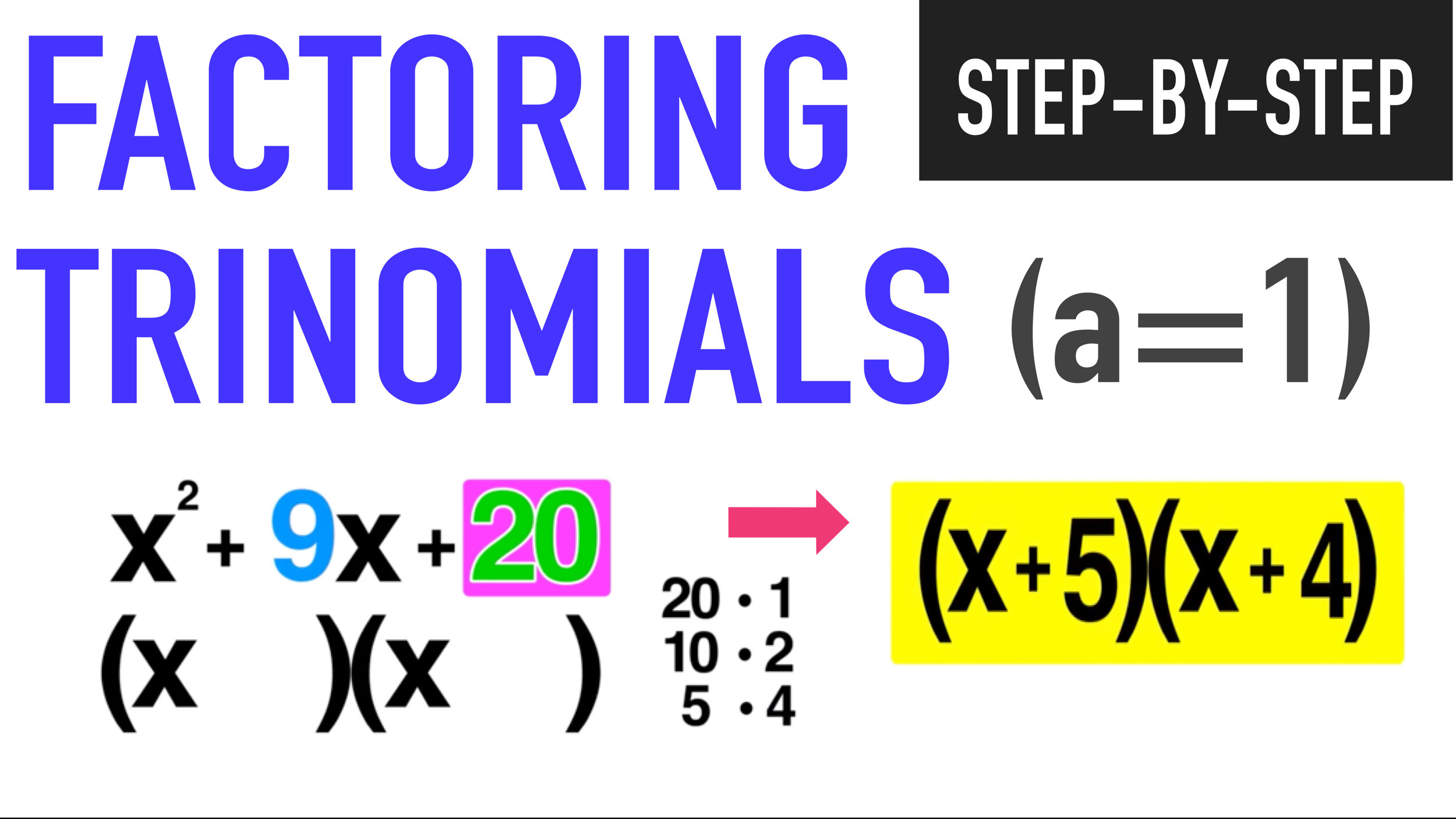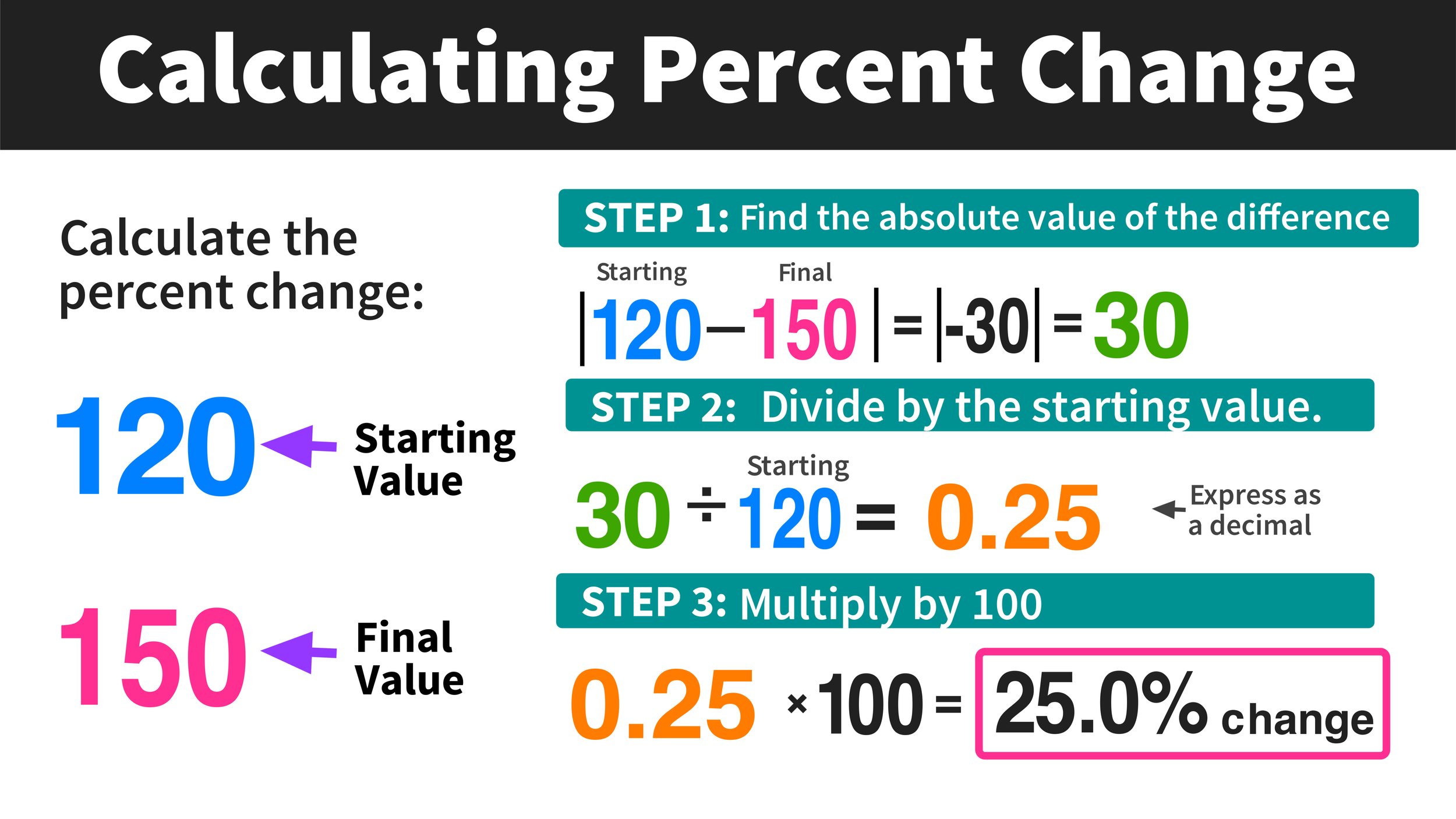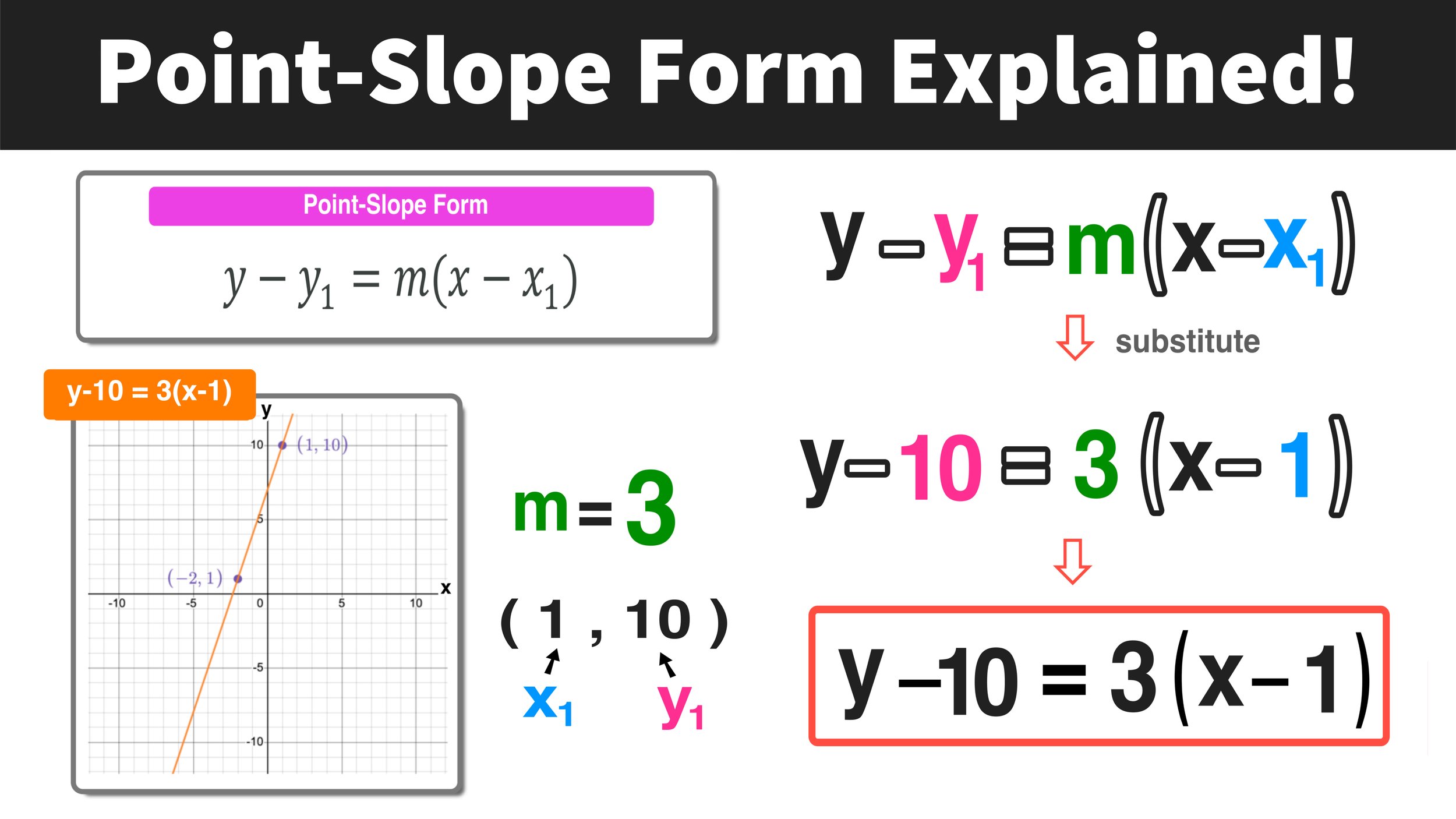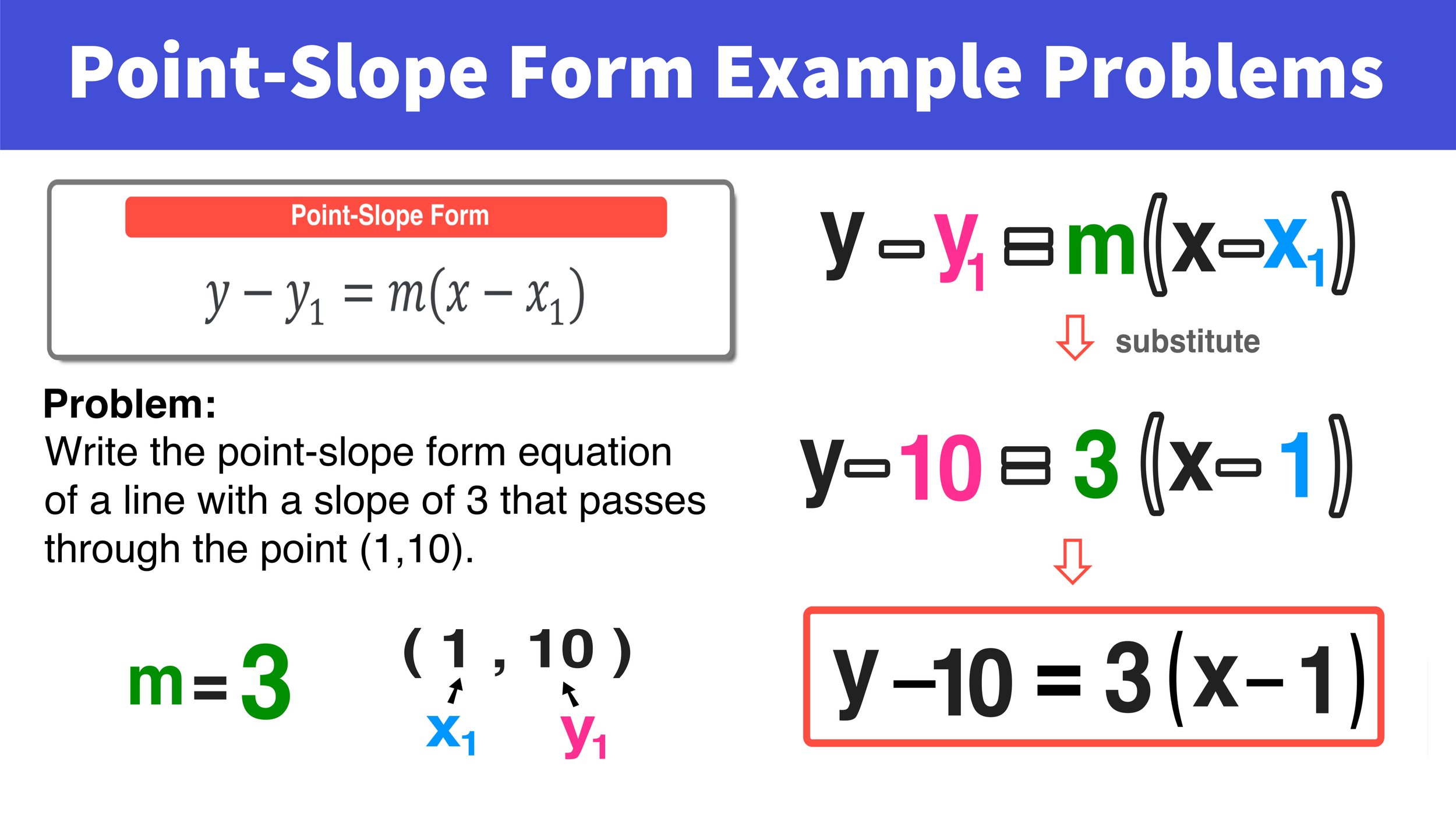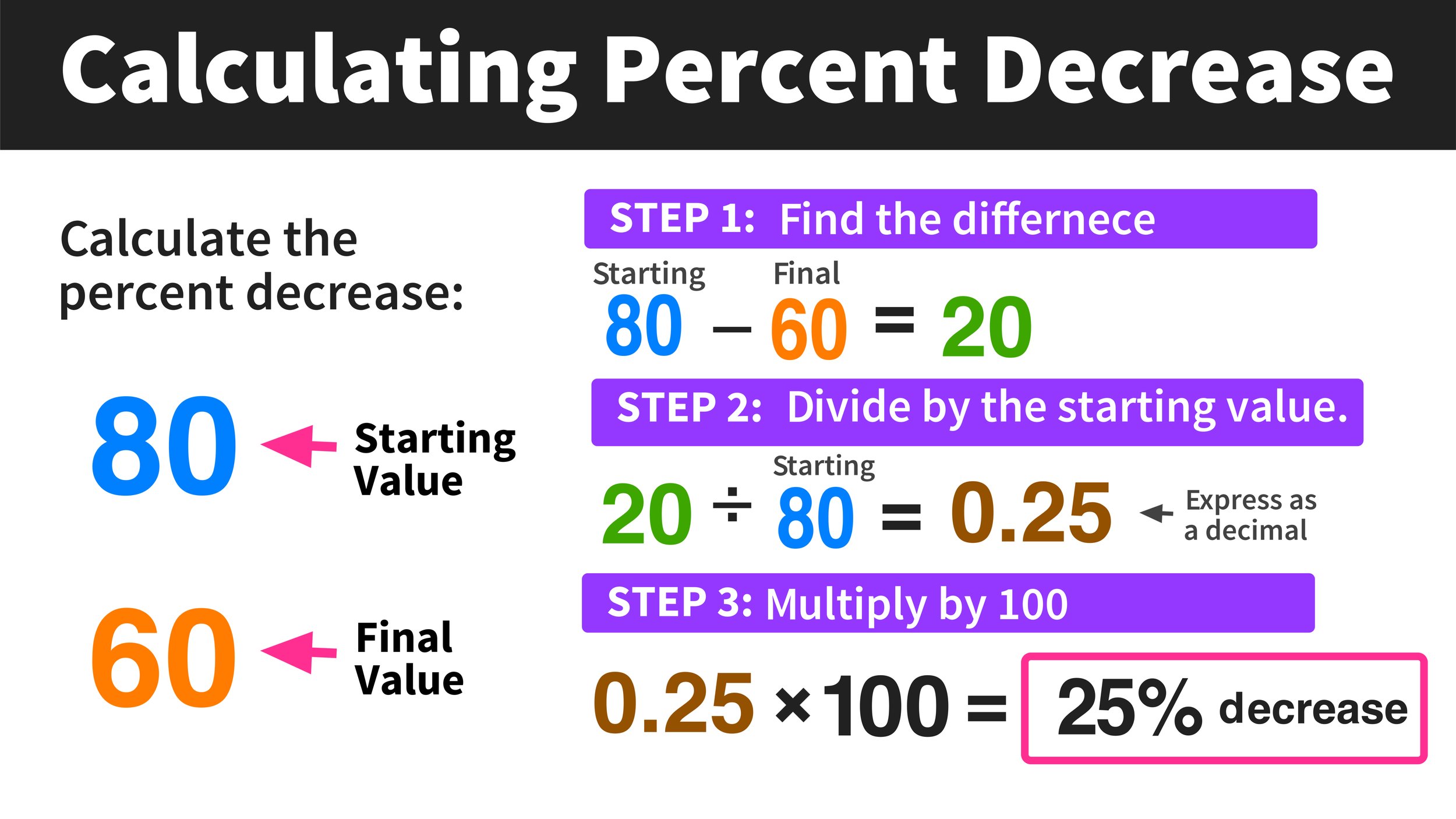How to Turn a Percent into a Fraction
Step-by-Step Guide: How to Convert Percent to Fraction in 3 Easy Steps
Are you ready to learn how to turn a percent into a fraction? If so, this free guide on how to convert percent to fraction will teach you everything you need to know about this important math skill. Understanding how to turn a percent into a fraction will help you with solving a variety of math problems related to topics including conversions, discounts, unit rates, and more.
Beyond the classroom, knowing how to make percent to fraction conversions will help you with real-world scenarios including sales tax, data and statistics, and shopping. So, whether you are a math student or just someone who wants to strength their overall number sense, this guide will teach you and important and useful skill.
You can use the quick links below to jump to any section of this guide, or you can work through each section in order (recommended). Let’s get started!
Table of Contents (Jump To):
Figure 01: What is the percent to fraction relationship?
Review: Percent to Fraction Key Concepts
Before we learn how to turn a percent into a fraction, let’s complete a short view of some key concepts and vocabulary terms related to percents and fractions.
For starters, percents and fractions share a relationship in that they are two different ways of expressing the same thing: a part related to a whole.
In terms of parts and wholes, a fraction, like 1/2, includes a numerator (top number that represents the part) and a denominator (bottom number that represents the whole.). So, 1/2 means that a whole is divided into two equal parts, and you have one of those parts.
On the other hand, a percent, like 50%, means represents a fraction where the denominator, or whole, is always equal to 100.
A fraction and a percent are two different ways of expressing the same thing.
For example, if we wanted to convert the fraction 1/2 to a percent, we could do that as follows:
1/2 x 100 = 100/2 = 50 = 50%
So, 1/2 is equivalent to 50% (as shown in Figure 01 above).
But what if we are given a percent and had to turn it into a fraction?
Below, you will learn a simple 3-step strategy for how to turn a percent into a fraction that you can use to convert any percent to a fraction quickly and accurately.
Figure 02: Percent to Fraction: Why does 25% equal 1/4?
How to Turn a Percent into a Fraction in 3 Easy Steps
Now that you understand the relationship between percents and fractions, you are ready to learn how to turn a percent into a fraction in 3 simple steps:
How to Turn Percent to Fraction
Step One: Rewrite the given percent as a number without the % sign
Step Two: Rewrite the result as a fraction with a denominator of 100.
Step Three: Simplify the fraction (if possible).
Let’s say that we wanted to convert 25% to a fraction, we could use these three steps to solve the problem as follows:
Step One: Rewrite the number without a % sign:
25% → 25
Step Two: Rewrite the result as a fraction with a denominator of 100:
25 → 25/100
Step Three: Simplify (if possible):
You can simplify a fraction by seeing if you can find a common factor shared by both the numerator and the denominator. If they share more than one common factor, you must choose the greatest common factor.
Since 25 and 100 are both divisible by 25, we can simplify 25/100 as follows:
25/100 → (25÷25) / (100÷25) = 1/4
Final Answer: 25% = 1/4
So, 25% is equivalent to the fraction 1/4.
The entire step-by-step process for showing that 25% equals 1/4 is shown in Figure 03 below.
Figure 03: How to convert percent to fraction in 3 steps.
Percent to Fraction: Example #1
Problem: Convert 75% to a fraction.
Now we are ready to use the 3-step method for converting percent to fraction to solve a few practice problems.
Step One: Rewrite without the percent sign:
75% → 75
Step Two: Rewrite the result from Step One as a fraction with a denominator of 100:
75 → 75/100
Step Three: Simplify (if possible):
To complete this final step, we have to see if 75/100 can be simplified (i.e. reduced). Since 75 and 100 are both divisible by 25, we can simplify the fraction as follows:
75/100 → (75÷25) / (100÷25) = 3/4
Final Answer: 75% = 3/4
Figure 04 below shows how we solved this first example of how to turn a percent into a fraction.
Figure 04: How to convert percent to fraction.
Percent to Fraction: Example #2
Problem: Convert 12% to a fraction.
For our next example, we can again use our 3-step strategy to convert it to fraction as follows:
Step One: Rewrite without the %:
12% → 12
Step Two: Rewrite the result from as a fraction over 100
12 → 12/100
Step Three: Simplify (if possible):
After completing the second step, we are left with the fraction 12/100. Since both 12 and 100 are divisible by 4, we can simplify the fraction as follows:
12/100 → (12÷4) / (100÷4) = 3/25
Final Answer: 12% = 3/25
Figure 05 below illustrates how we showed that 12% equals 3/25 in 3 steps.
Figure 05: How to turn a percent into a fraction example #2 solved.
Fraction to Percent: Example #3
Problem: Convert 150% to a fraction.
For this third and final example, we have a percentage (150%) that is greater than 100. However, we can still convert this percent to a fraction by using our 3-step strategy as follows:
Step One: Rewrite 150% the percent sign:
150% → 150
Step Two: Rewrite 150 as a fraction with a denominator of 100
150 → 150/100
Step Three: Simplify (if possible):
Can we simplify the fraction 150/100? Since both 150 and 100 share a greatest common factor of 50, we can simplify this fraction as follows:
150/100 → (150÷50) / (100÷50) = 3/2
Final Answer: 150% = 3/2
So, 150% is equivalent to the improper fraction 3/2 (as shown in Figure 06 below).
Figure 06: How to convert percent to fraction in 3 steps.
Looking for Practice Worksheets?
Download hundreds of free PDF Math Worksheets with complete answer keys.
More Free Math Resources:













